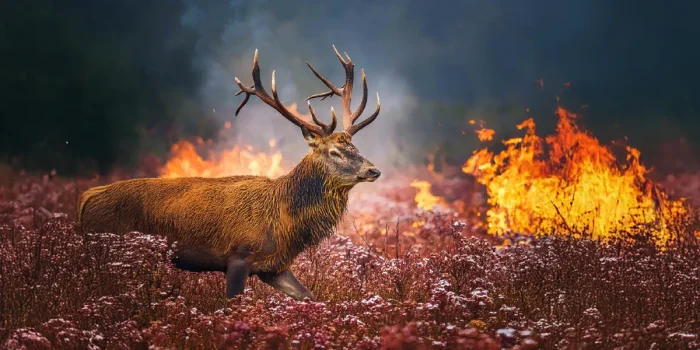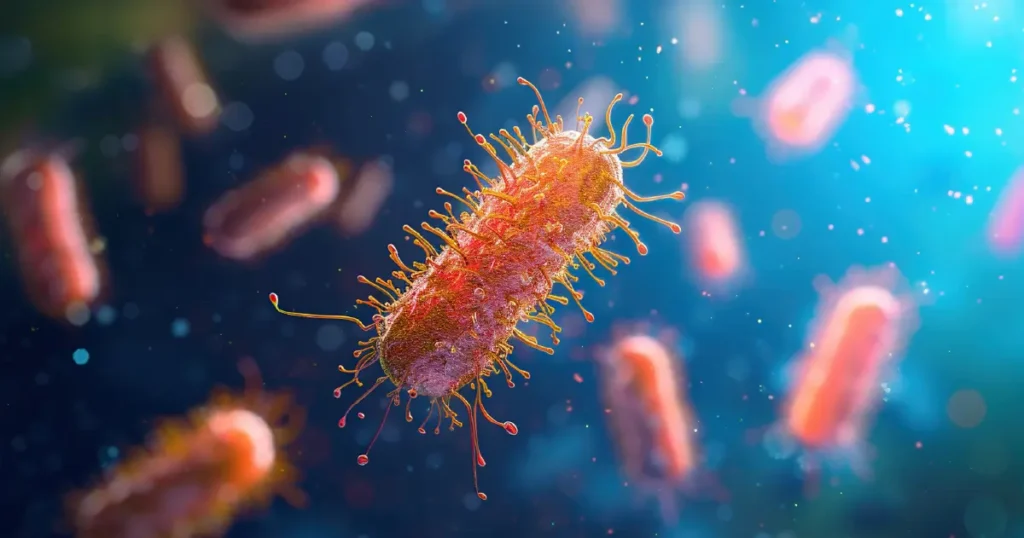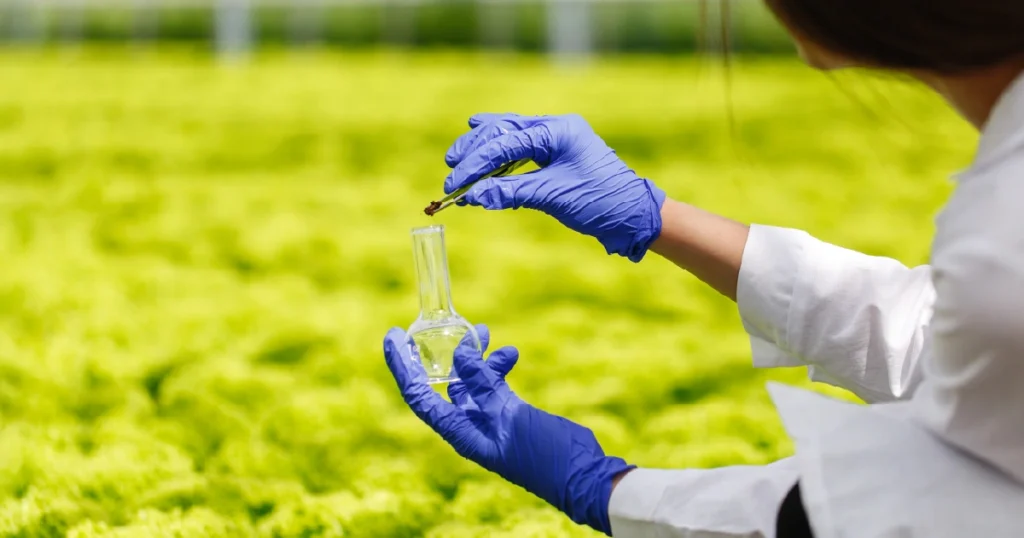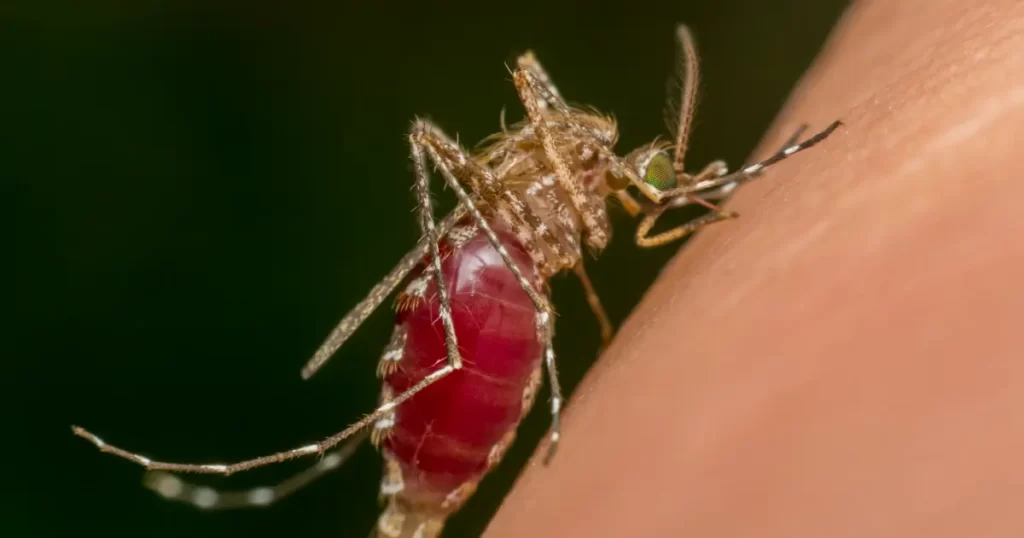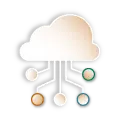Introduction
Climate change is reshaping our planet with unprecedented intensity. Wildfires, floods, hurricanes, and heatwaves dominate headlines, often framed in terms of human tragedy and economic loss. Yet an equally urgent story remains overlooked: Animals and Climate Disasters. Every disaster displaces, injures, or kills countless animals, from livestock to endangered wildlife.
The destruction goes beyond visible loss of life. Extreme events dismantle ecosystems, fragment habitats, and disrupt the fragile balance between animals, people, and the environment. In the process, they undermine biodiversity, food security, and public health.
But how much longer can we afford to ignore the hidden suffering of animals in a rapidly warming world?
Animals and Climate Disasters in Floods and Storms
Floods and hurricanes devastate both wild and domestic animals. Livestock often drown or starve when farms are submerged. For example, extreme weather events such as Hurricane Florence in 2018 killed millions of livestock and highlighted the vulnerability of animals in catastrophic floods [1]. Pets left behind during evacuations face injury, abandonment, or death.
Wildlife fares no better. Floodwaters destroy nesting grounds and contaminate freshwater systems, leaving fish and amphibians vulnerable. Moreover, displaced animals come into closer contact with humans, increasing the risk of disease transmission.
Wildfires: Burning Ecosystems and Animal Lives
Wildfires are another brutal face of climate change. Animals suffer burns, smoke inhalation, and mass habitat destruction. In Australia’s 2019–2020 bushfires, researchers estimate that nearly 3 billion animals were killed or displaced [2].
Beyond the immediate toll, fires leave survivors in barren landscapes without food or shelter. Consequently, weakened animals become easy prey or succumb to starvation. Recovery can take decades, particularly for species with small populations or limited ranges. In addition, entire food chains collapse when insects, pollinators, and small mammals vanish, further destabilizing ecosystems. Communities dependent on those ecosystems also feel the effects, as degraded landscapes cannot support traditional farming or hunting practices.
Heatwaves and Drought: Silent Killers
Extreme heat and prolonged droughts inflict less visible but equally devastating suffering. Heatwaves kill livestock directly, with cattle, poultry, and pigs particularly vulnerable to overheating. In addition, water scarcity forces animals to travel further, increasing mortality from exhaustion and predation.
Wildlife faces collapsing food webs as plants wither and rivers dry up. Drought-stricken elephants in Africa, for instance, have been found dead near empty waterholes, unable to survive without reliable access to water [3]. Similarly, migratory birds abandon breeding grounds when wetlands disappear, jeopardizing entire populations across continents.
A One Health Perspective on Animals and Climate Disasters
The One Health framework highlights how animal suffering connects directly to human wellbeing. Disasters that displace animals also destroy livelihoods, food systems, and public health security. For instance, dead livestock after floods contaminate water supplies, spreading pathogens that affect communities.
Therefore, addressing Animals and Climate Disasters is not just about compassion. It is about resilience. Protecting animals through better disaster preparedness, emergency veterinary care, and wildlife rescue also protects people and ecosystems [4].
Toward Solutions: Reducing the Hidden Crisis
Mitigating this hidden crisis requires action on multiple fronts. Farmers need climate-resilient infrastructure, such as elevated shelters and improved evacuation planning for livestock. Communities must include pets and service animals in disaster response protocols. Moreover, investment in wildlife corridors and protected areas can help species escape and recover after disasters.
Governments and international organizations should provide funding for veterinary emergency response teams and integrate them into disaster relief strategies. In addition, policies must encourage sustainable land management, reforestation, and habitat restoration to give animals a fighting chance when disasters strike. Public education campaigns can also raise awareness, empowering communities to safeguard both domestic and wild animals during crises.
Conclusion
The suffering caused by Animals and Climate Disasters is immense, yet too often invisible. Floods drown millions of animals, fires consume habitats, and droughts leave landscapes barren of life. Each event highlights how closely animal welfare is tied to human survival and ecosystem stability.
Recognizing this overlooked crisis transforms climate adaptation into a moral and practical imperative. Protecting animals is not only an act of compassion—it is a strategy for preserving ecosystems, food security, and human health in an age of escalating climate disasters. Only by acknowledging the full scope of this crisis can societies build resilience for both animals and people.
References
- Filipe, J. F., Herrera, V., Curone, G., Vigo, D., & Riva, F. (2020). Floods, Hurricanes, and Other Catastrophes: A Challenge for the Immune System of Livestock and Other Animals. Frontiers in Veterinary Science, 7:16. https://doi.org/10.3389/fvets.2020.00016
- van Eeden, L.M., et al. (2020). Impacts of the 2019–2020 bushfires on Australian fauna. Animal Conservation, 23(6), 541–543. https://doi.org/10.1111/acv.12618
- Bivand, E., et al. (2021). Climate change and wildlife mortality in African ecosystems. Conservation Biology, 35(4), 1234–1242. https://doi.org/10.1111/cobi.13732
- Paul, S., Ghebreyesus, D., & Sharif, H. O. (2019). Analysis of the Fatalities and Socio-Economic Impacts Caused by Hurricane Florence. Geosciences, 9(2), 58. https://doi.org/10.3390/geosciences9020058

